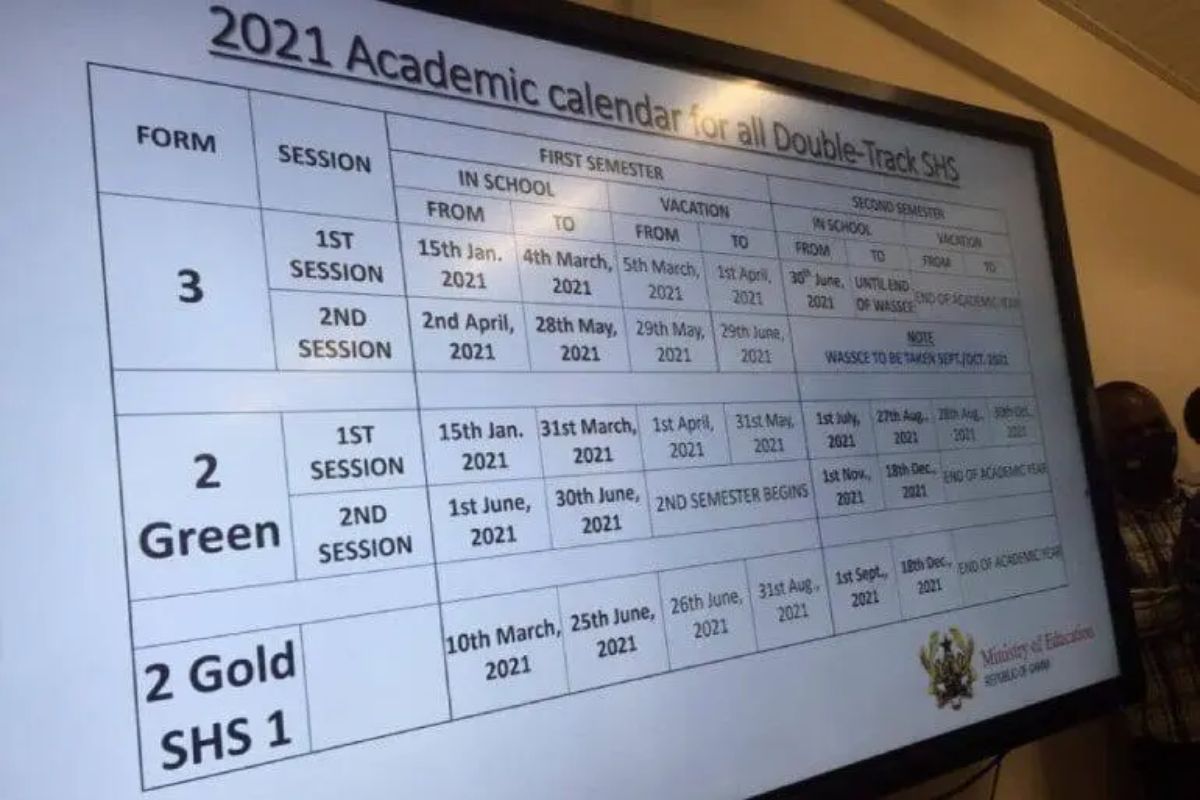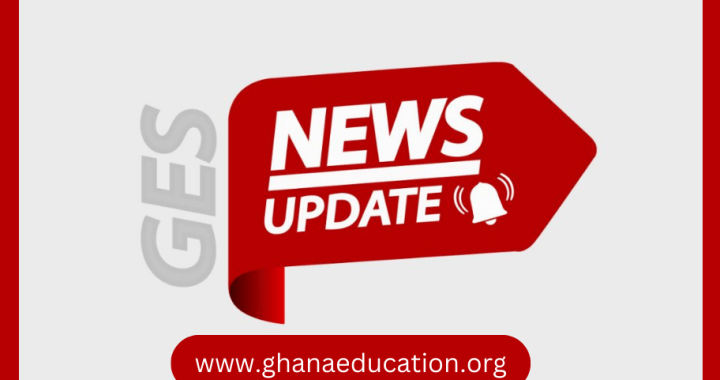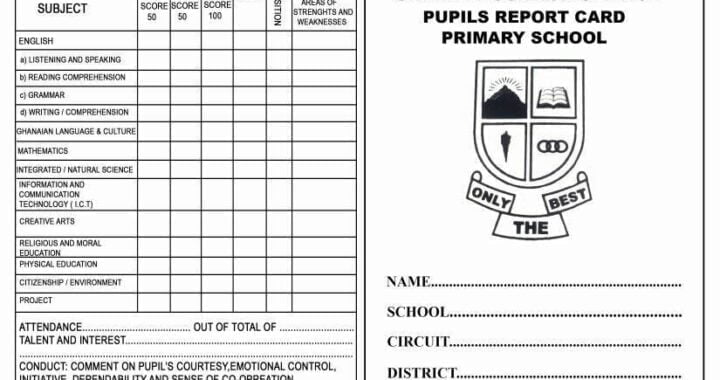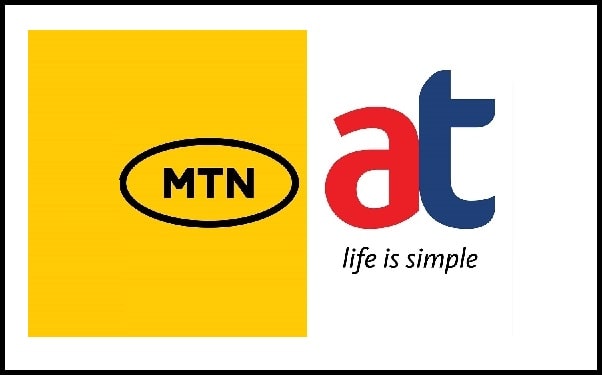Types of assessment in education & the best for your students as a teacher

Have you considered the types of assessment in education and the best for your students as a teacher to help learners perform better and bring you results? This article takes a look at the assessment types and the choices you can make.
It is well known that student learning needs to be assessed in order to understand where it is and where it can go. While there are many different methods of assessment, there are three primary types: formative, summative, and diagnostic.
Educators often describe the process of assessing students’ knowledge as “assessment for learning.”
This means the ways we measure what students know need to support their ability to grow from this experience.
The best way to achieve this is by using a combination of all three primary types of assessment.
Each serves a different purpose and has unique benefits for our learners and our classrooms. Let’s dive into each one in more detail:
Types of assessment in education
Formative Assessment
Formative assessment, or diagnostic assessment, is the type of evaluation that takes place throughout the learning process.
This is the assessment method that shares goals, methods, and criteria with learning. In other words, formative assessment is used as you are teaching and learning.
An example could be a teacher who uses peer review to help students improve their writing.
Formative assessment is also key for creating personalized learning plans.
Students, teachers, and administrators can work together to create personalized learning plans that are based on the student’s current knowledge, abilities, and goals. With formative assessment, you can use data from ongoing activities to inform future learning.
For example, if a student is having trouble with a specific math concept, the teacher can use that data to create a personalized learning plan for that student based on their current knowledge and abilities. Next, the teacher can also use that data to inform their teaching.
This means the teacher can use the data to create different approaches or examples of that math concept that would be easier for that specific student to understand.
READ: Education systems don’t make grades, quality & motivated teachers do- UN chief
Summative Assessment
Summative assessment is done at the end of a unit, course, or learning journey. It helps determine how much students have learned and how much they have grown.
For example, summative assessments are used to evaluate students’ performance on big projects or finals at the end of a course.
Summative assessment often looks at student performance across a larger set of criteria.
Another example could be a teacher who gives an overall grade at the end of a unit based on what students have learned and how they have grown over the course of the unit.
READ:2022 BECE English Language Top Questions for September Revisions
Diagnostic Assessment
Diagnostic assessment is used to identify what students already know and what they don’t know.
It is often used to create personalized learning plans for students with special needs, such as students with disabilities.
It can also be used for students who are at risk for dropping out of school.
For example, a teacher may administer a test called a diagnostic assessment that looks at a student’s current knowledge to determine what the student already knows and what they don’t know.
This type of assessment is often used when creating personalized learning plans for students with special needs.
It can also be used to create interventions for students who are at risk for dropping out of school.
Which type of assessment is right for your classroom?
Many teachers use a combination of these three primary types of assessment. Each type of assessment serves a different purpose and has unique benefits for our learners and our classrooms.
Before choosing which type of assessment is right for your classroom, you should understand the benefits of each.
By using a combination of these three primary types of assessment, you can help ensure that your students are making progress.
You can also help ensure that they are making progress at their own pace. This means you can be more responsive to the needs of your students.
Assessment is used to see how well students are learning. There are three primary types of assessment: formative, summative, and diagnostic.
Each type of assessment has a different purpose and has unique benefits for our learners and our classrooms.
Whether you’re a teacher or a parent, it’s important to understand the different types of assessment so that you can make sure your students are growing as learners.


 GES 2024-2025 Academic Calendar for Public Schools
GES 2024-2025 Academic Calendar for Public Schools  GES to recruit university graduates and diploma holders-GES Director General
GES to recruit university graduates and diploma holders-GES Director General  GES is expected to announce reopening dates for public schools today
GES is expected to announce reopening dates for public schools today  Dr. Bawumia’s Smart Phone Credit Will Take 125 Years To Repay: A Misleading Promise
Dr. Bawumia’s Smart Phone Credit Will Take 125 Years To Repay: A Misleading Promise  2024-2025 Report Card Grading, Student Attitudes, Interests and Conduct Samples for Teachers
2024-2025 Report Card Grading, Student Attitudes, Interests and Conduct Samples for Teachers  US Staffing Agencies Recruiting International Job Seekers With Work Visa Sponsorship
US Staffing Agencies Recruiting International Job Seekers With Work Visa Sponsorship  Buy 1 Gig MTN or Airtel Tigo data for only GHS6.00 not GHS17.00
Buy 1 Gig MTN or Airtel Tigo data for only GHS6.00 not GHS17.00